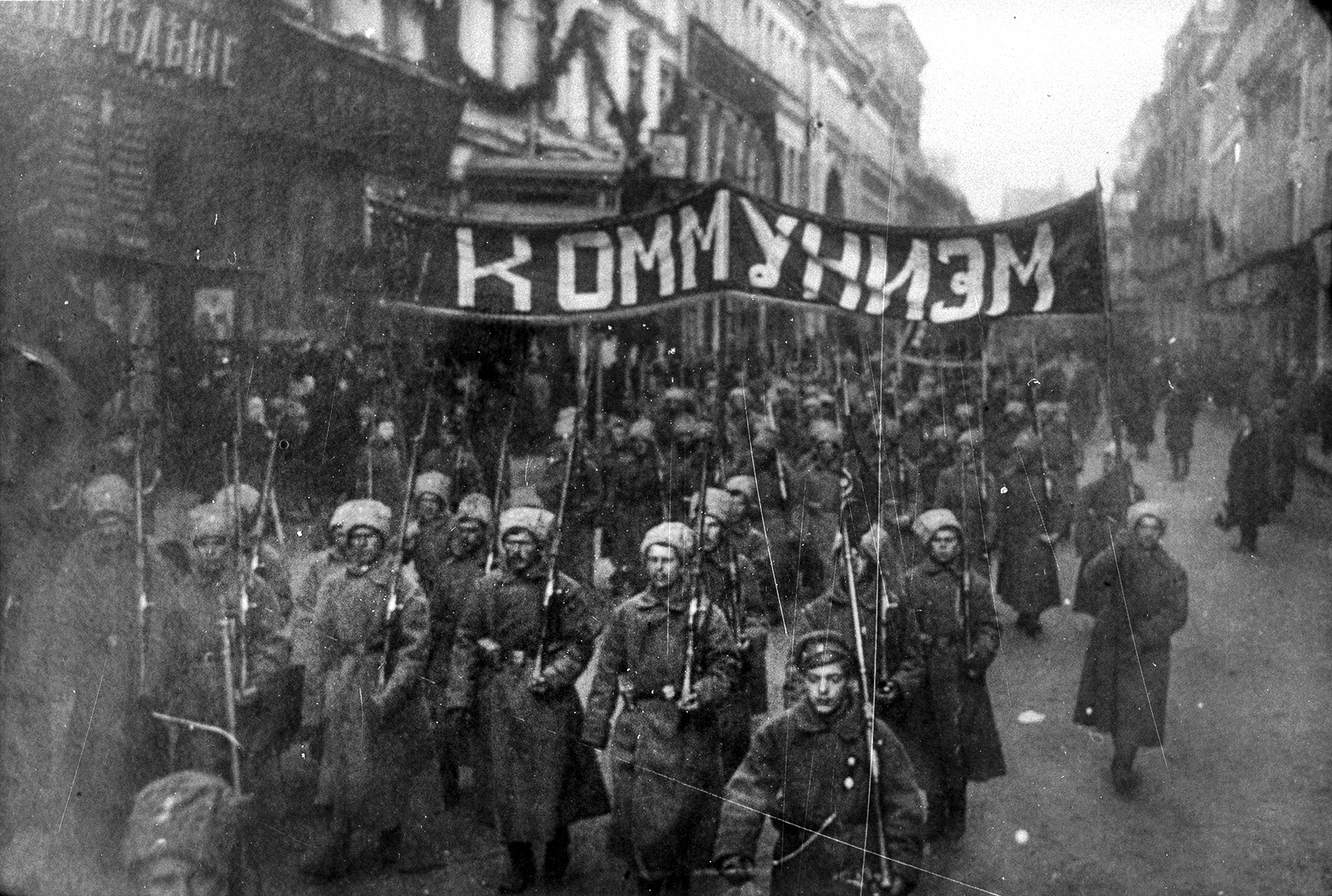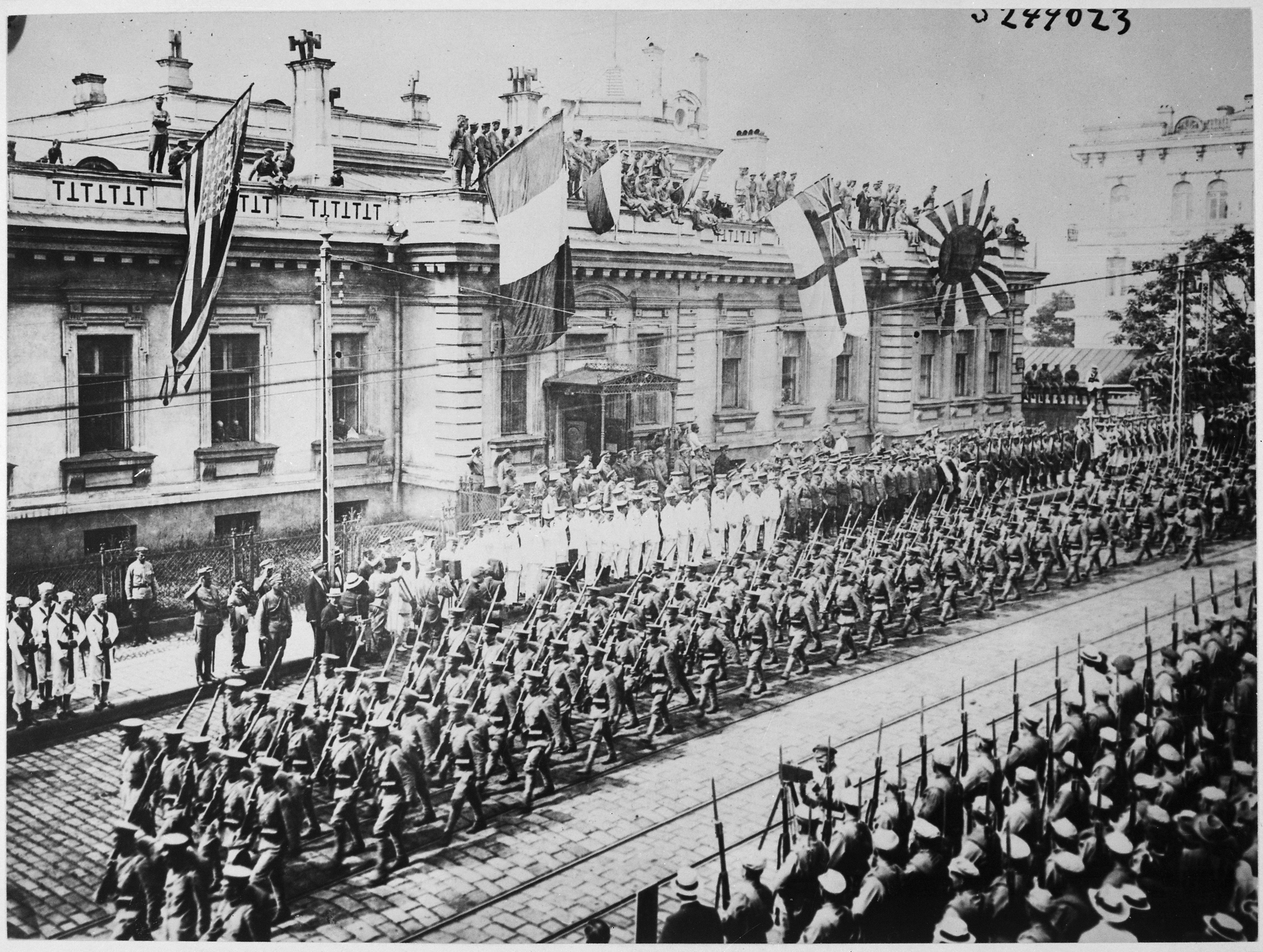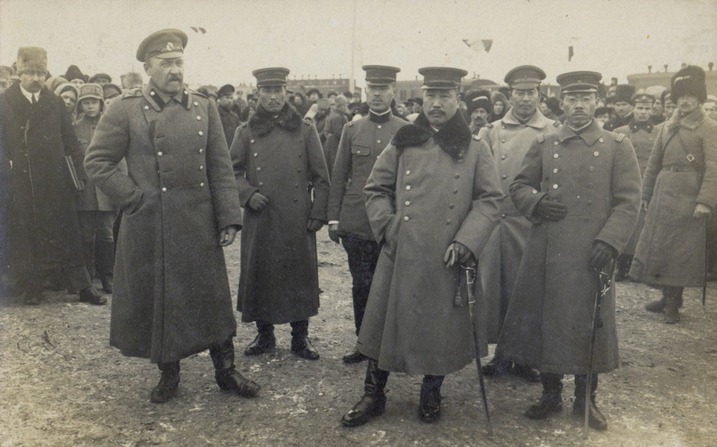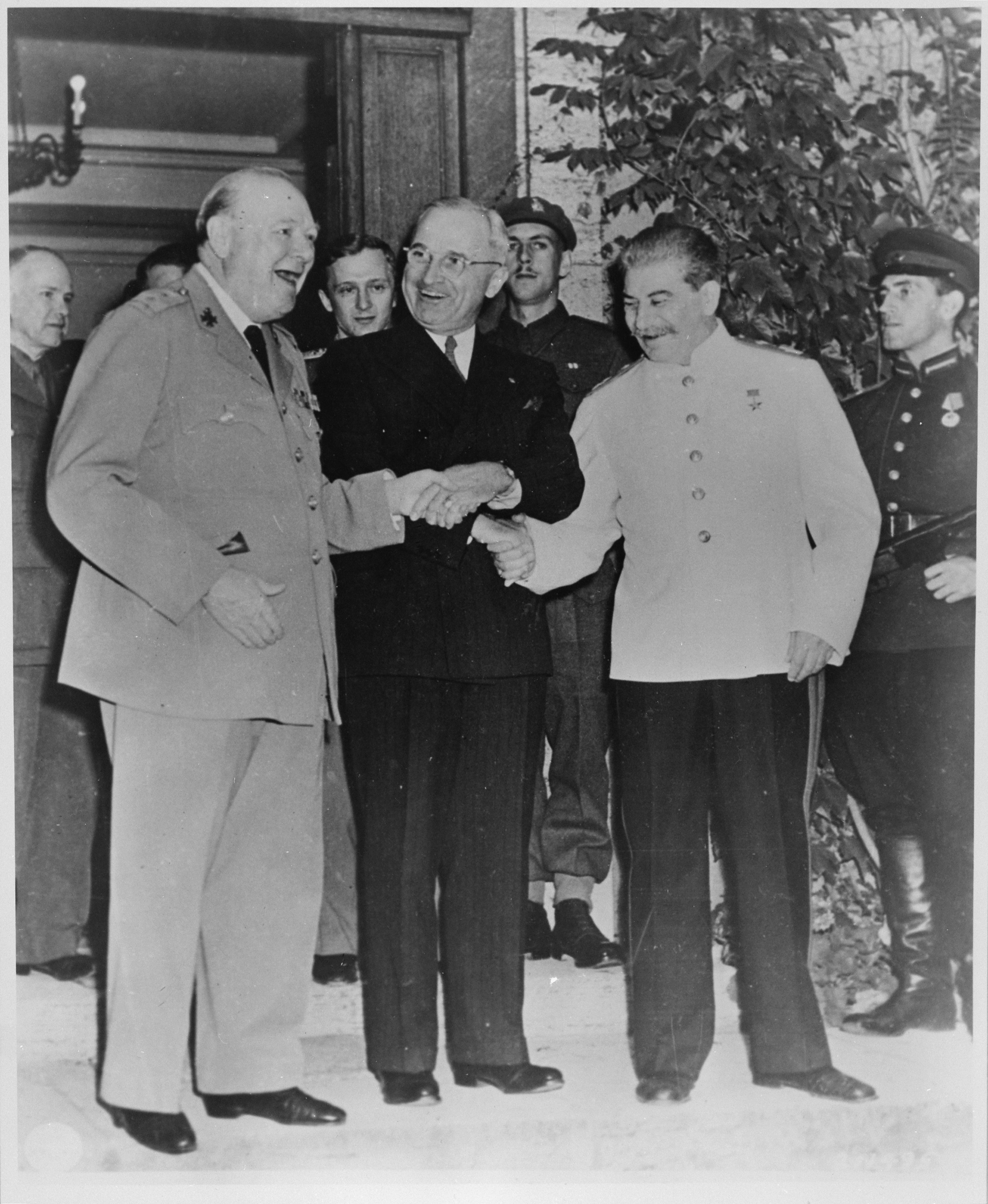Previous Subchapter → 3.0. A long backstory
It’s late 1917: The October Revolution just happened, Russia has lost large chunks of its territory to independence movements, the Russian Empire is dead, its successor the Russian Republic is dying, most of the country is now under Communist rule as the “Russian Soviet Federative Socialist Republic” with the Soviet Communists quickly signing the Treaty of Brest-Litovsk with the Central Powers to remove their country from the war.

The Allies did not accept the Russian Empire’s demise, and the end of its participation in the war effort, they led an intervention into Russia in response, with the Allies giving their support to the remaining Anti Soviet forces in the country, the so-called “White Russians”, hoping to overthrow the Soviets and create a puppet regime that would return to the war effort and continue to oppose Germany and the rest of the Central Powers, this Allied invasion spread all over Russia and its former Empire.

But only a few months later the Central Powers collapsed and the First World War ended with an Allied victory, allowing the Russians to write off their treaty obligations and making an Allied intervention in Russia pointless for military purposes, but some of the Allies still wanted to carry on the war in Russia for ideological reasons, the Soviets had taken power through violent revolution and there were fears of that revolution to the rest of Europe and the wider world, prompting the Allied forces to stay for 2 more years meddling in the already incredibly chaotic Russian Civil War, trying to contain the spread of Communism.
But eventually, both sides found carrying on a waste, the Soviets restrained their revolutionary ambitions to the former Russian Empire and the Allies left them to it, in 1920 most of the Allied powers finally decided to withdraw, leaving the Soviets to take over all of Russia and much of its former Empire as well, forming the USSR; The last troops to leave were Japanese forces, who left their remaining pockets of territory in 1925.

One book by historian James Loewen called “Lies My Teacher Told Me: Everything Your American History Textbook Got Wrong”, describes the intervention like this:
It then goes on to quote Maddox, a historian, on the intervention:
Finally, the book summarises the conflict in this way:
Essentially, the USSR’s rivalry with the West began immediately after it was formed, because of the history of Capitalist leaders trying to destroy the Communists, and the Communists trying to dethrone the Capitalist leaders, didn’t originate in the Cold War, it was there from the very start, decades before.
While people from Western countries mostly forgot about the Allied invasion, the Soviets had a long memory, and this is something passed down to the latest generations of Russians today.
The only real gap in this period of Soviet-Western rivalry for the following decades was World War Two, where the USSR and Western Powers joined hands after being attacked by the Nazis and worked towards a common interest, defeating Nazism and the Nazi German led Axis Powers, but even this did not come easy and the big 3 of the Allies, Britain, the USA and the Soviets, only truly came together after they had all been attacked, the Soviets by Operation Barbarossa, the British by the Blitz, the US by Pearl Harbour.

And after the Axis was defeated, when the Soviets and the USA were left as the 2 superpowers of the world, they returned to anxiety and mistrust, from this anxiety the USSR formed their alliance, the Warsaw Pact, and the US formed theirs, NATO.